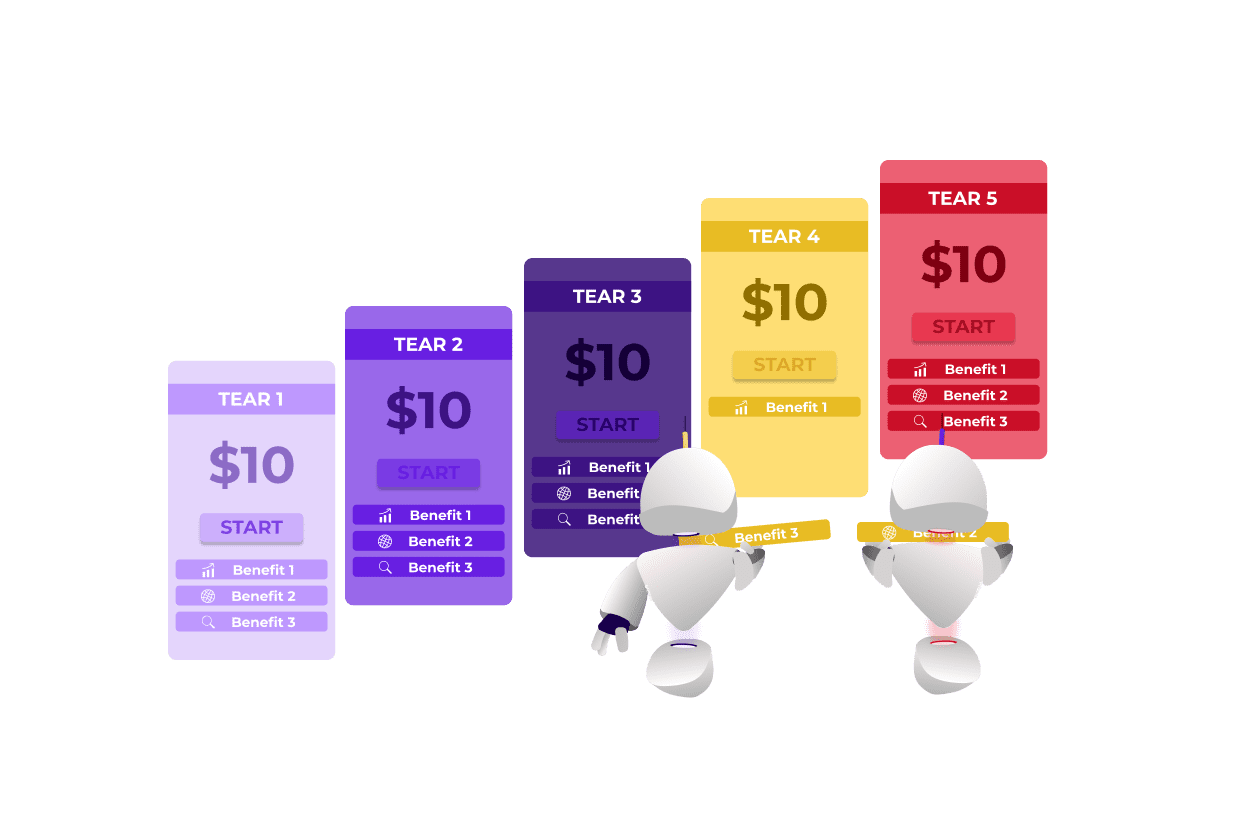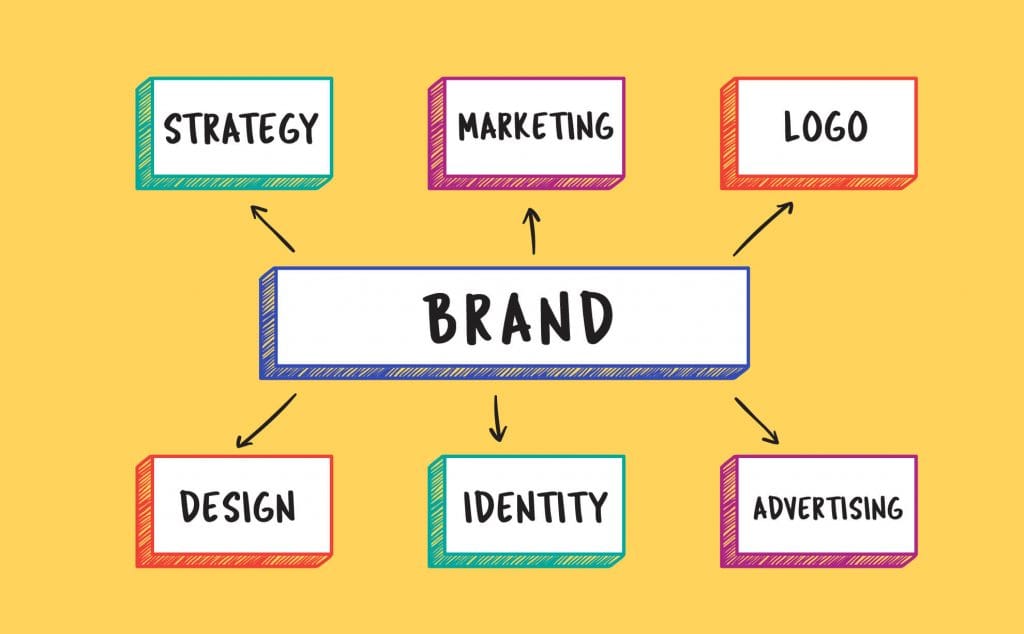
Introduction
In the fast-paced world of e-commerce, offering the right pricing structure is essential for attracting customers, boosting sales, and maximizing revenue. One of the most effective pricing strategies for e-commerce businesses is tiered pricing. But what exactly is tiered pricing, and how can it help your business thrive?
In this post, we will explore tiered pricing, how it works, and why it’s such a powerful tool for e-commerce businesses looking to optimize their pricing models. We’ll also discuss how you can implement tiered pricing to increase customer engagement, drive sales, and grow your e-commerce business.
What is Tiered Pricing?
Tiered pricing is a pricing strategy where you offer multiple price points based on the level of service or product features a customer selects. These price points typically vary according to factors like volume, features, and the type of product or service being offered. It is a flexible strategy that helps cater to different customer needs while also maximizing revenue potential.
For example:
- Basic Tier: Offers the essential features at a lower price.
- Standard Tier: Offers additional features or benefits at a medium price point.
- Premium Tier: Includes the most advanced features and benefits at a higher price.
The goal is to create pricing tiers that appeal to a variety of customers, from budget-conscious shoppers to those willing to pay for the best features or highest quality.

Benefits of Tiered Pricing for E-Commerce Businesses
1. Increased Customer Choice and Flexibility
One of the main benefits of tiered pricing is that it provides customers with more choices. Some customers may be looking for a basic, budget-friendly option, while others may be willing to pay a premium for more features and benefits. By offering tiered options, you make it easier for customers to choose a product or service that fits their needs and budget.
Example:
In an e-commerce store selling tech gadgets, you might offer three tiers of a smartphone:
- Basic model: $199, with limited features.
- Standard model: $299, with additional features like improved camera and more storage.
- Premium model: $399, with the latest features, including the fastest processor and enhanced battery life.
This allows customers to make an informed choice based on their preferences and willingness to spend.
2. Optimized Revenue Potential
With tiered pricing, you can maximize your revenue by targeting different customer segments with different price points. While some customers may opt for the lower-priced basic option, others may be tempted to purchase higher-tier products, which offer a larger profit margin.
By offering three or more tiers, you can encourage customers to trade up to higher-value options, which can result in higher overall sales and profits. Many customers are willing to pay extra for additional features or benefits that align with their needs or desires.
3. Appeal to Different Customer Segments
Tiered pricing allows you to target a wider range of customers. Whether your customers are price-sensitive or willing to spend more for advanced features, you can offer a product that fits every budget. This approach ensures that you don’t exclude potential customers because of a single pricing model.
By catering to different customer segments, you can increase your market share and diversify your revenue streams.
4. Encourages Upselling
Tiered pricing naturally creates upselling opportunities. When customers see the difference in features and benefits between tiers, they are more likely to consider upgrading to a higher-priced option. This can be especially effective when the higher-tier options offer exclusive features, add-ons, or services that provide a clear value.
For example, in an e-commerce store selling software:
- Basic tier may provide access to the core features.
- Premium tier may offer advanced features, personalized support, and integration options.
Customers who initially opt for the basic plan may later decide that they want the extra features or premium support and decide to upgrade to a higher-priced tier.
5. Improved Customer Satisfaction
By offering multiple pricing tiers, you can increase customer satisfaction by providing exactly what they need at a price they’re willing to pay. This flexibility allows customers to feel that they are getting a product that aligns with their preferences, needs, and budget.
Additionally, offering higher-tier options gives customers the opportunity to get more value, ensuring they feel confident about their purchase decision.
How to Implement Tiered Pricing for Your E-Commerce Business
Implementing a tiered pricing strategy requires careful planning to ensure that each pricing level provides enough value to justify the cost. Here are a few tips to help you create a successful tiered pricing model for your e-commerce business:
1. Understand Your Customer Segments
Before creating pricing tiers, it’s essential to understand your customer segments. Who are your customers, and what are they willing to pay for your products? What features are most important to them? Conducting market research or analyzing customer behavior on your website can help you determine the most effective pricing tiers.
For example, if you run an e-commerce store for eco-friendly products, your customers might be willing to pay more for premium products made from sustainable materials or offer additional certifications. Understanding your audience’s preferences helps ensure that your tiers are appealing and align with customer expectations.
2. Offer Clear Value Between Tiers
Each pricing tier should offer clear value to the customer. The more premium the tier, the more features or benefits it should offer. Customers need to feel that they are getting enough additional value to justify the higher price.
For instance, a beauty products e-commerce store might offer:
- Basic tier: Essential skincare items for a low price.
- Standard tier: Includes a complete skincare routine with added benefits (e.g., anti-aging).
- Premium tier: A full luxury skincare kit with personalized recommendations and exclusive products.
3. Keep It Simple and Transparent
When designing your pricing tiers, make sure the structure is easy to understand and transparent. Avoid overcomplicating the pricing model, as customers should be able to quickly compare the features and benefits of each tier.
Clearly display the pricing tiers on product pages or pricing tables, ensuring customers can easily navigate between options.
4. Test and Optimize Your Pricing Tiers
Once you’ve implemented your tiered pricing structure, it’s important to test and optimize it regularly. Monitor how customers are responding to the different pricing tiers, and adjust as needed. For example, if a higher-tier option isn’t getting enough traction, you may need to offer more compelling features or a more attractive price point.
Use A/B testing to compare different pricing strategies and analyze customer behavior to determine which tiered pricing model works best.
Conclusion
Tiered pricing is a highly effective strategy for e-commerce businesses looking to maximize revenue, attract a wider range of customers, and provide better customer value. By offering multiple price points, you can target different customer segments, encourage upselling, and improve customer satisfaction. With the right approach, tiered pricing can be a game-changer for your e-commerce business.
At Untypical Co., we help businesses develop tailored pricing strategies that align with their goals and customer needs. If you’re ready to unlock the potential of tiered pricing and elevate your e-commerce business, contact us today to learn more about how we can assist you.





